9 Fruits to Limit If You’re Watching Your Sugar Closely (Especially After 50)
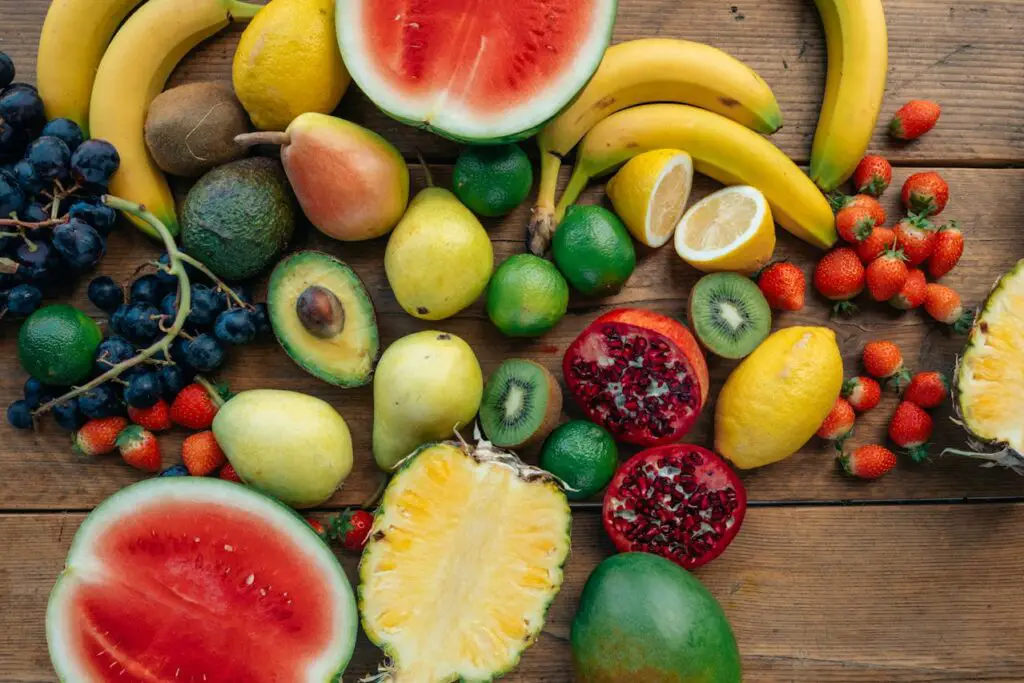
As we age, many of us become more mindful of our sugar intake—and for good reason. High sugar consumption has been linked to a variety of health concerns, including weight gain, inflammation, and increased risk of type 2 diabetes. Even natural sugars, like those found in fruits, can pose problems if eaten in large quantities, especially for baby boomers focused on maintaining stable blood sugar levels.
While fruit is a vital part of a healthy diet, not all fruits are created equal when it comes to sugar content. That’s why it’s smart to learn which ones to enjoy in moderation.
Here are 9 fruits to limit if you’re watching your sugar closely, along with practical tips to enjoy them without overdoing it.
1. Bananas
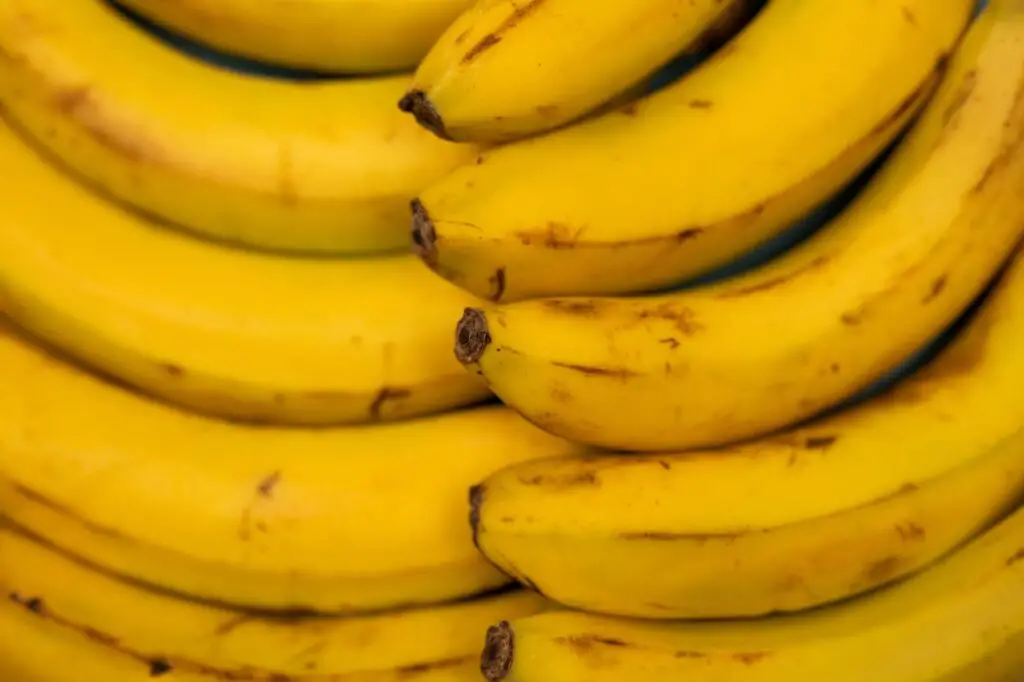
Bananas are often the go-to fruit for a quick snack or post-workout energy boost, but they’re surprisingly high in sugar. A medium banana contains roughly 14 grams of sugar, and that number climbs as the banana ripens. While bananas do offer fiber, potassium, and vitamin B6, they also have a high glycemic load, which means they can raise blood sugar levels more than other fruits. If you love bananas, try eating half a banana with a spoonful of almond butter or slice it over unsweetened oatmeal for better blood sugar balance.
2. Grapes
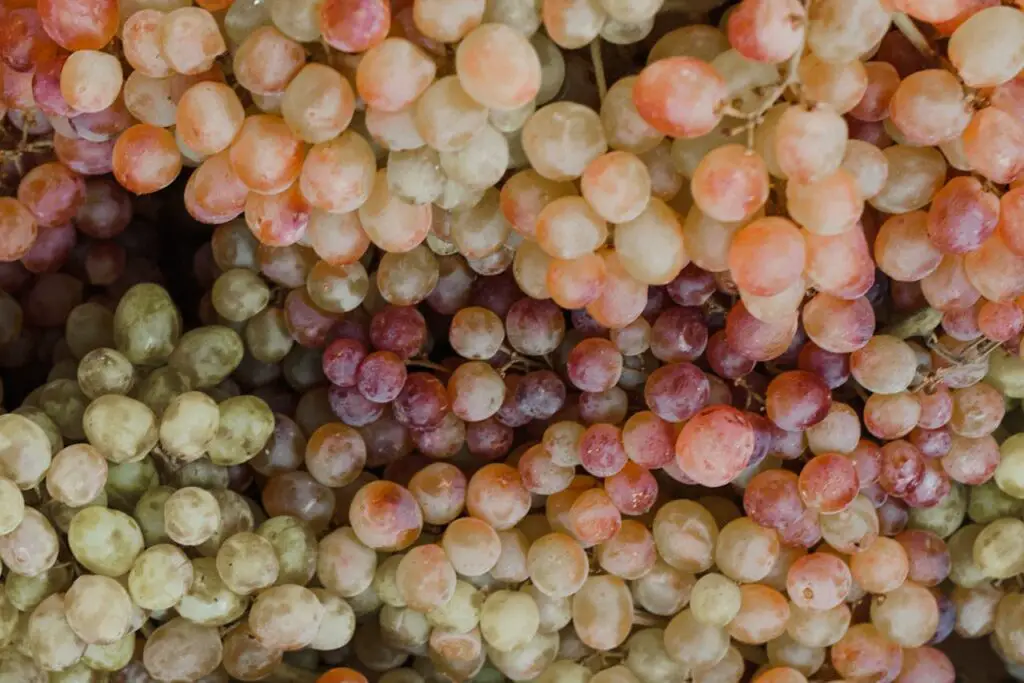
Whether red, green, or black, grapes are undeniably delicious—but their small size makes them easy to overeat. Just one cup of grapes contains about 23 grams of sugar. That’s almost as much sugar as a candy bar! While grapes are packed with antioxidants and polyphenols, it’s best to enjoy them in smaller amounts. One smart strategy is to freeze grapes and savor them one at a time. The colder temperature slows down your snacking pace and helps you avoid going overboard.
3. Mangoes
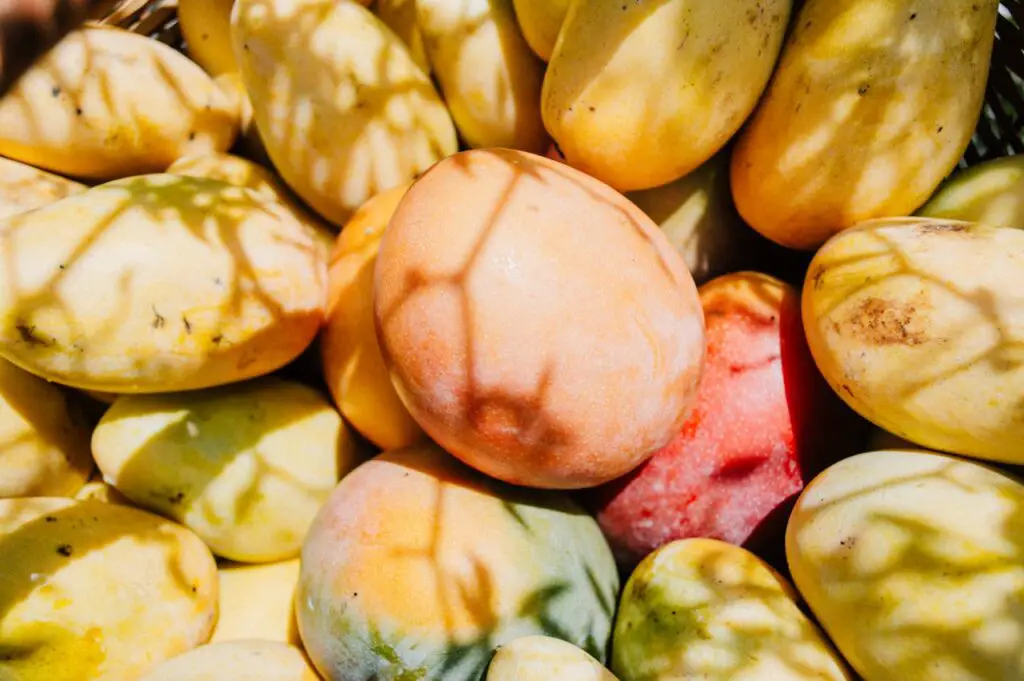
Craving a tropical escape? A mango might seem like the perfect choice, but it’s also one of the highest-sugar fruits you can eat. A single cup of mango chunks packs in roughly 23 grams of sugar, which can lead to a quick spike in blood sugar. While mangoes are full of vitamins A and C, they should be treated more like a dessert than a snack. To keep your portions in check, try mixing a few mango cubes into a Greek yogurt parfait or a fiber-rich fruit salad with berries and seeds.
4. Cherries
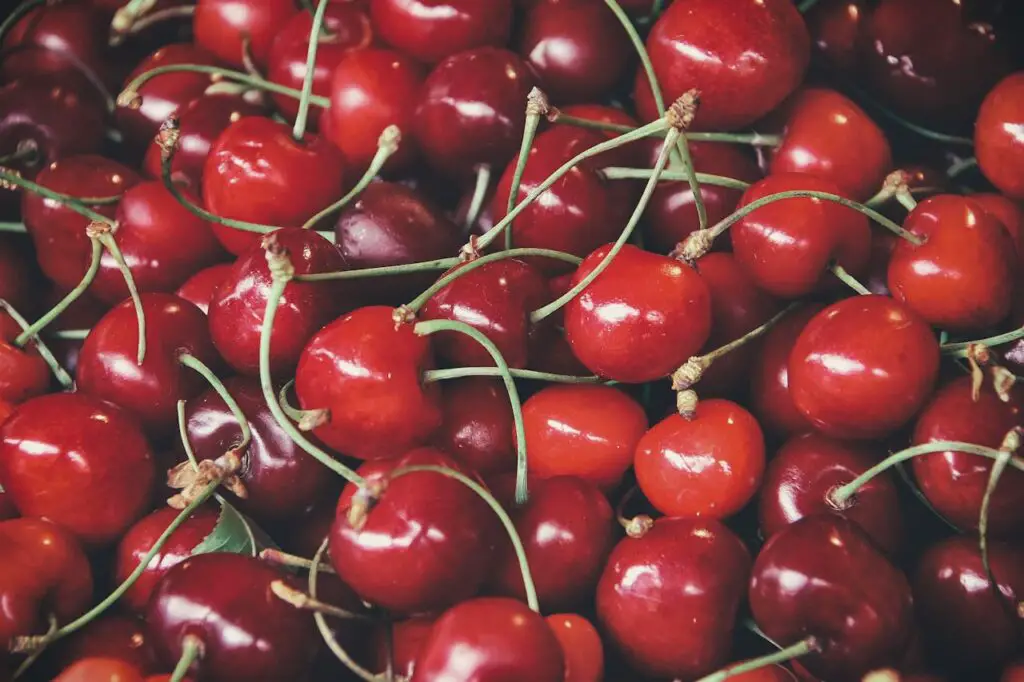
Cherries are small, juicy, and a summertime favorite—but don’t let their size fool you. Just one cup of sweet cherries contains about 18 grams of sugar. Because they’re easy to pop into your mouth without thinking, it’s common to eat two or three servings in one sitting. If you enjoy cherries, measure your portion ahead of time and pair them with a handful of almonds or walnuts to slow down the sugar’s impact on your bloodstream. Also, opt for fresh over dried whenever possible, since dried cherries are even more sugar-dense.
5. Pineapple
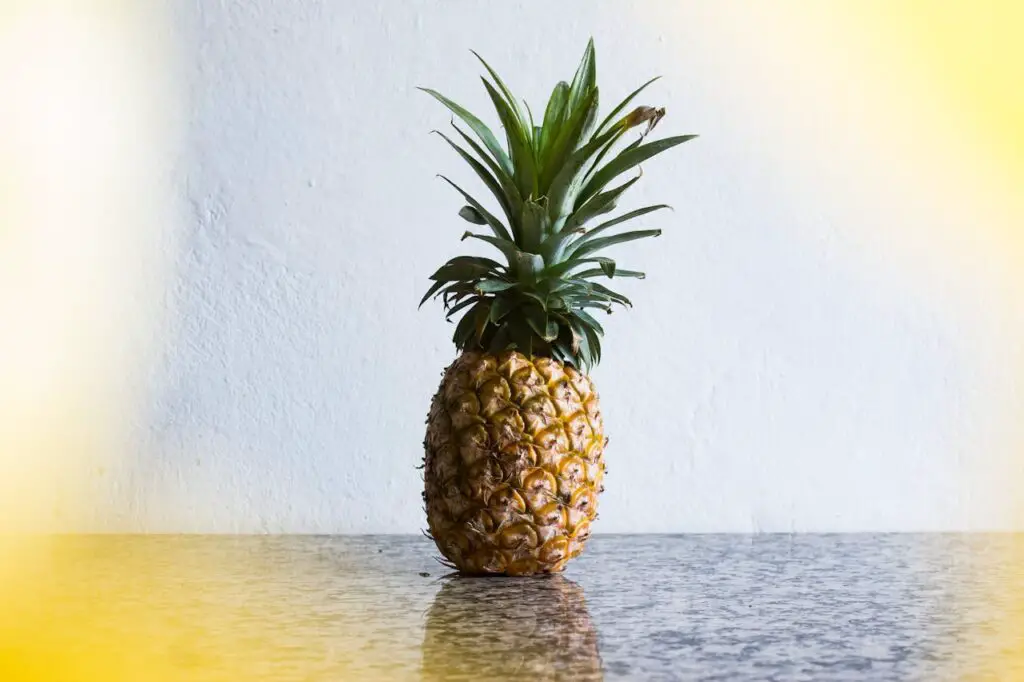
Pineapple is the life of the fruit tray—vibrant, tropical, and full of flavor. Unfortunately, it’s also one of the more sugar-heavy fruits, with around 16 grams of sugar per cup. Pineapple has a high glycemic index, meaning it can quickly raise blood sugar levels. That doesn’t mean you have to avoid it completely, though. Consider using small pineapple chunks as a flavorful topping on grilled chicken or tossed into a vegetable stir-fry for a balanced bite without overdoing the sugar.
6. Watermelon
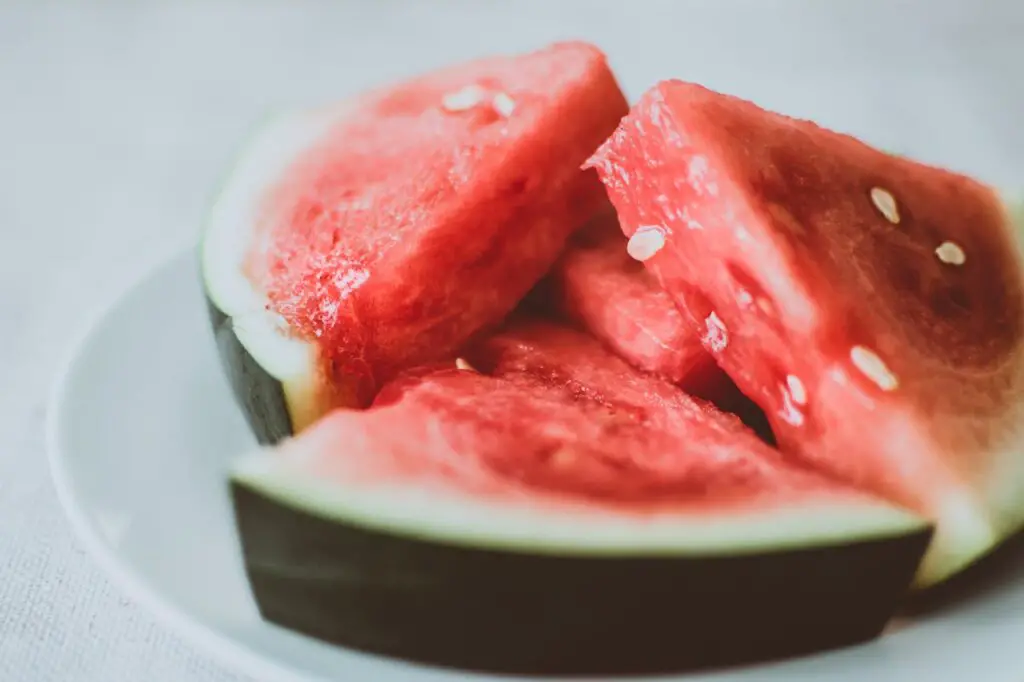
It’s the poster child for summer picnics, but watermelon—despite its high water content—can still pack a sugary punch. A wedge of watermelon (about 1/16 of a melon) contains 17 grams of sugar, and its glycemic index is higher than many other fruits. That means it can cause a fast sugar spike, especially if eaten alone. Instead, enjoy a smaller serving and pair it with a protein-rich snack like cottage cheese or a boiled egg to keep things balanced and filling.
7. Figs
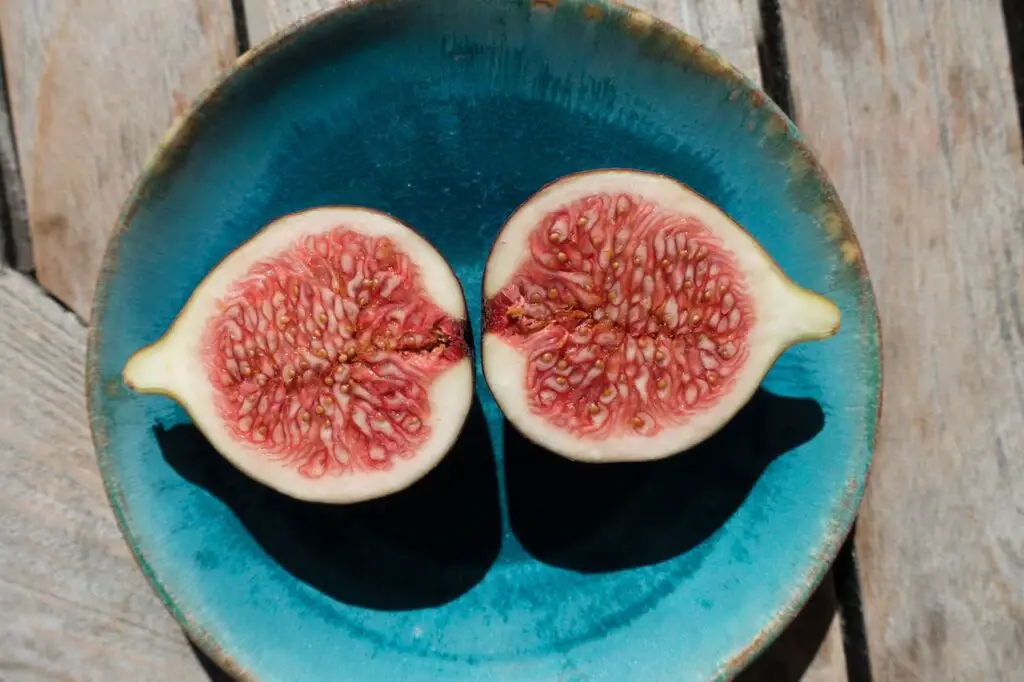
Figs are a classic, old-fashioned fruit often found in snack bars or Mediterranean dishes. While they’re loaded with fiber and potassium, they’re also high in natural sugars. Just two medium fresh figs contain about 16 grams of sugar, and dried figs contain even more per ounce. Because of their rich sweetness, figs are best enjoyed in moderation. Try slicing one fig and spreading it on whole grain toast with a layer of ricotta for a sophisticated snack that won’t overwhelm your sugar goals.
8. Dates
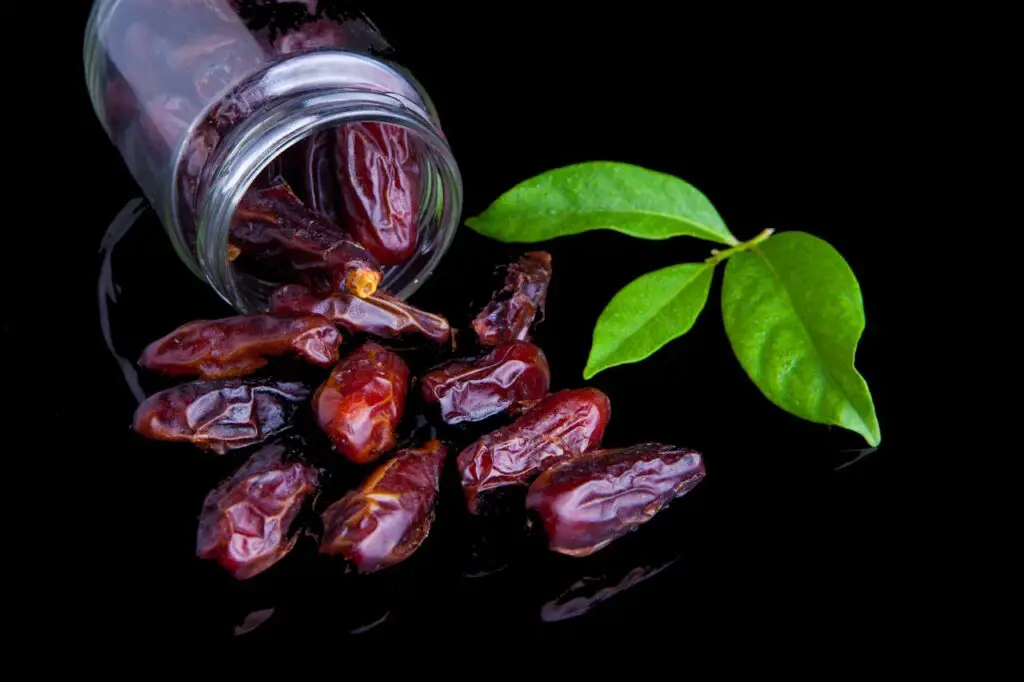
Dates are often hailed as nature’s candy—and for good reason. A single Medjool date contains about 16 grams of sugar, and it’s rare for anyone to stop at just one. While they’re rich in fiber and key minerals like magnesium and potassium, dates are extremely sugar-dense. They’re often used in smoothies, baking, or energy bars, but if you’re managing your sugar, be mindful of portion sizes. One date with a few crushed nuts or a smear of nut butter can be a satisfying treat without going overboard.
9. Lychees
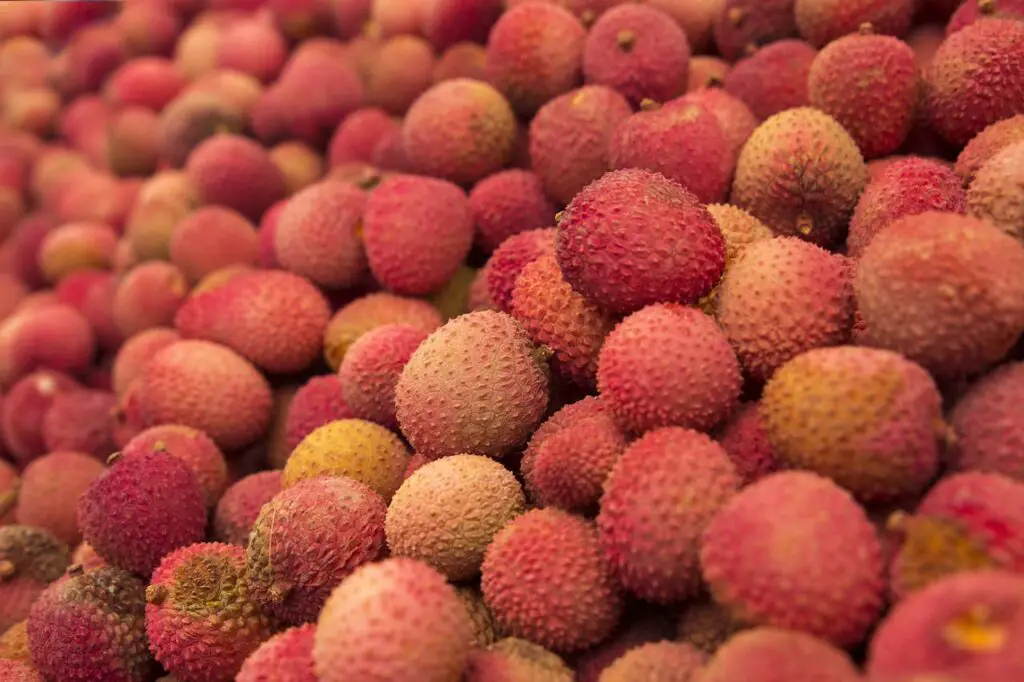
Exotic and fragrant, lychees may not be as common as apples or oranges, but they can still sneak into your diet if you enjoy global cuisine. These small fruits are loaded with sweetness—10 lychees contain around 29 grams of sugar, which is more than many sodas. While lychees are rich in vitamin C and antioxidants, their sugar content is something to keep in mind. Enjoy a few as an occasional indulgence rather than a daily staple, and consider balancing them with lower-sugar fruits like kiwi or berries.
Final Thoughts
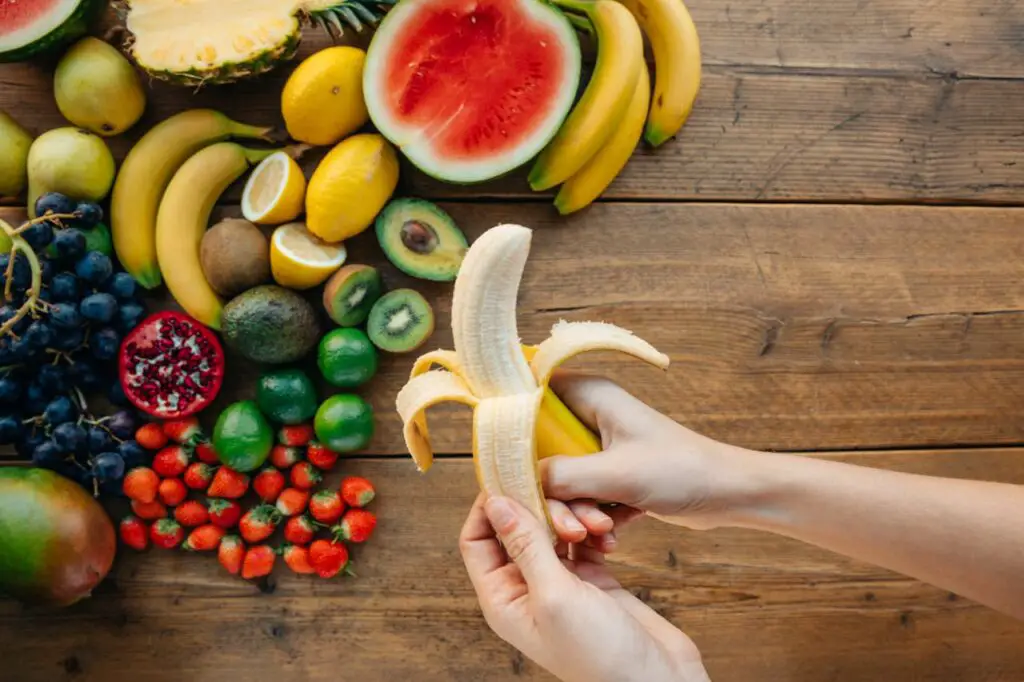
Managing your sugar intake doesn’t mean giving up the foods you love—it just means making smarter choices. By learning which fruits are higher in sugar and how to enjoy them in moderation, you can keep your blood sugar levels stable and still enjoy the natural sweetness of a healthy lifestyle.
Fruit is packed with nutrients, fiber, and antioxidants that support healthy aging. But when it comes to high-sugar options like bananas, grapes, or dates, a little awareness goes a long way. Be mindful, balance your meals, and remember: a treat is more enjoyable when it’s occasional.
Leave a Reply